Top Solar Contractor in America 2017 Award
Are you tired of paying high electric bills? Call MSSI – rated a top solar contractor in America! You’ll find our turn-key installation process to be hassle-free and backed by outstanding customer service!
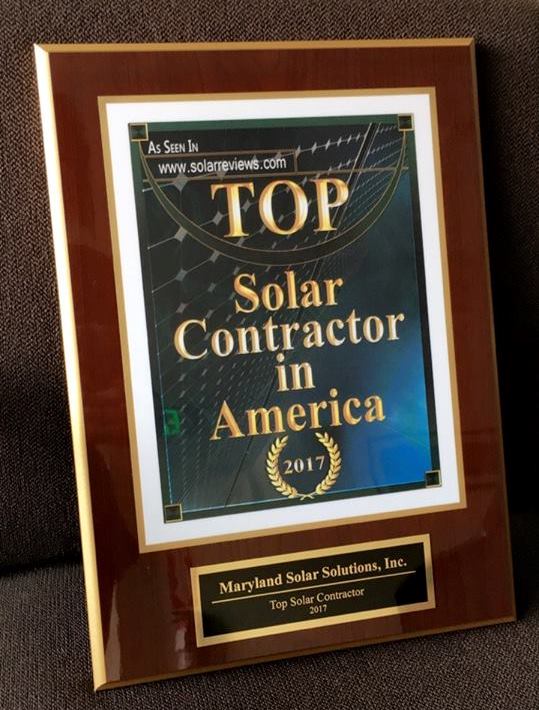
Are you tired of paying high electric bills? Call MSSI – rated a top solar contractor in America! You’ll find our turn-key installation process to be hassle-free and backed by outstanding customer service!

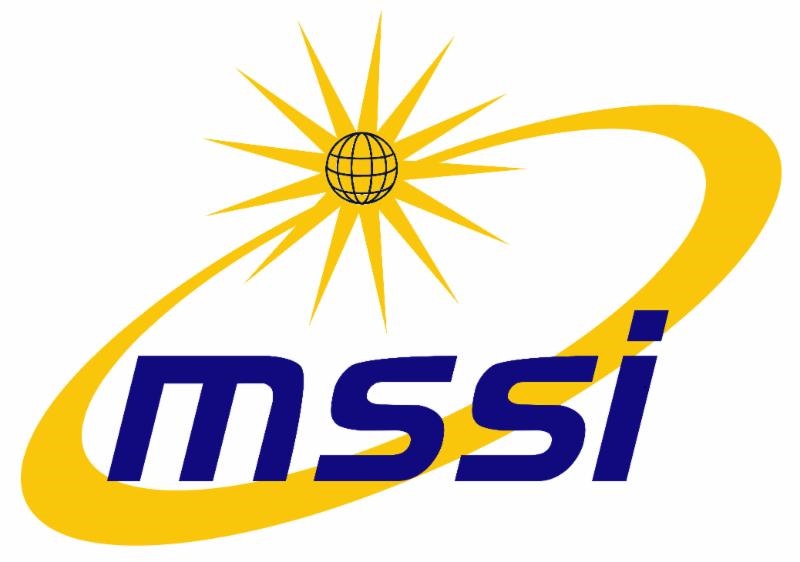 The American Electric Grid, Storage and Renewables
The American Electric Grid, Storage and Renewables
Let’s talk about something fun: storage, specifically electrical storage. I know what you’re thinking, “storage…bleh,” but we promise: it’s actually pretty cool! When most of us think of electrical storage we think of back up batteries for our homes; we want to know, are there back up batteries that will allow us to fully utilize all the power our PV solar arrays create? Additionally, we may wonder if there are back-up battery systems that we could install that will give us power from our solar arrays even in the midst of a power outage? Well, we’re going to talk a little bit about those micro battery systems in this article, but the bulk of our conversation will revolve around the electrical grid, large scale macro electrical storage and how they both relate to renewables.
The Over Arching Problems Plaguing Our Electric Grid
Back in August 2016, interviewer Terry Gross featured author and cultural anthropologist Gretchen Bakke and her new book, “The Grid: The Fraying Wires Between Americans and Our Energy Future” on her radio show Fresh Air. In that show, we were given a brief synopsis of the problems that our dated electric delivery infrastructure faces as we moved into the 21st century and its attendant focuses on energy conservation, renewables and climate change.
When electricity first became commercially available in the US, the relationship between supplier and user was simple; the supplier would generate more or less energy as needed to supply the demand on the other end. In other words, the supplier had complete control over the fuel source and the generation of electricity itself. This created a linear relationship between supplier and user: electricity only flowed one way. Electricity only flowed into homes and business, it never flowed out of homes and businesses. As the grid continued to mature, America’s thirst for energy continued to grow and utility companies grew comfortable with a business model that was built on seemingly endless growth. Enter the energy crisis of the 1970’s and the environmental consciousness engendered by the 1960’s. A new spirit of conservation presented a conundrum to utility companies: for the first time in their existence they saw a decrease in demand and a loss in profitability. This lead to utility companies cutting their costs: especially in maintaining the infrastructure of the grid.
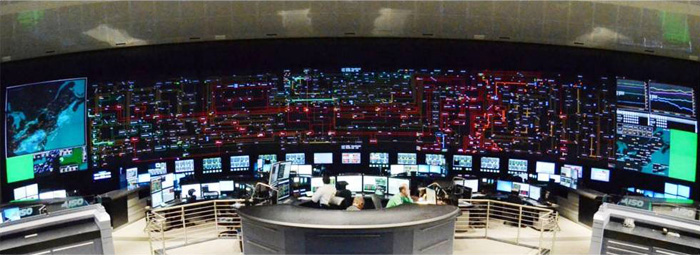
Furthermore, deregulation and renewables have presented another problem to our already fragile grid; they provide a fluctuating flow of electricity as opposed to a steady and linear flow of electricity. This means that if there is a surge of electricity coming into the grid from heavy breezes hitting wind farms, it becomes necessary to either ask industries to start using more power or to cut off the flow of incoming electricity from hitting the grid all together. Why? If there is too much unused incoming power it will fry the wires. Wild. On the other hand, during times when wind farms and solar are generating plenty of electricity to sufficiently supply demand, a problem occurs if the wind dies down or if clouds pass by overhead. In that instance utilities must scramble to supply the demand when generation from the renewables is lost. This has created an ironic situation in which utilities must fire up antiquated coal-burning power plants to meet the demand. These older fossil fuel plants are called “peakers,” and what we’ve seen in countries like Germany and the United States where renewables have made significant inroads is that when the need arises to suddenly produce more power utilities must fire up peakers to meet demand. This has created a spike in greenhouse gas production and additional costs to utility companies that must keep these facilites and its workers on standby.
Deregulation has created a similar set of problems. By allowing other generators to set up shop and use the grid infrastructure maintained by the larger utilities to transmit their electricity, the large utility companies of yore struggle to keep up with the lopsided and irregular production and use of electricity. In large part, this is why American’s have seen such a dramatic increase in brown outs and blackouts in recent years. The utility companies who manage the actual delivery infrastructure struggle to stay profitable and have cut their maintenance budgets. The number one danger to the grid? Foliage. Often one of the first lines of service to have been sacrificed are the cutting crews who keep the lines safe by keeping trees at bay. While maintenance and crumbling infrastructure is a large problem that needs to be addressed, it won’t fully solve the conundrum presented by renewables.
Large Scale Storage Solutions
What’s the solution to all of this energy that is either getting lost or is left to clang around the grid? Large-scale electricity storage. Storing unused renewable energy when its not needed will help to mitigate the uneven flow of electricity that renewables feed the grid. While still in its infancy, there are many exciting experiments in large-scale storage that are taking place across the globe right now. Here is a sampling of some of the systems being explored and deployed the world over:
Gordon Butte Pumped Storage in Montana
Japanese Storage Testing Facility Adjacent to Mount Fuji
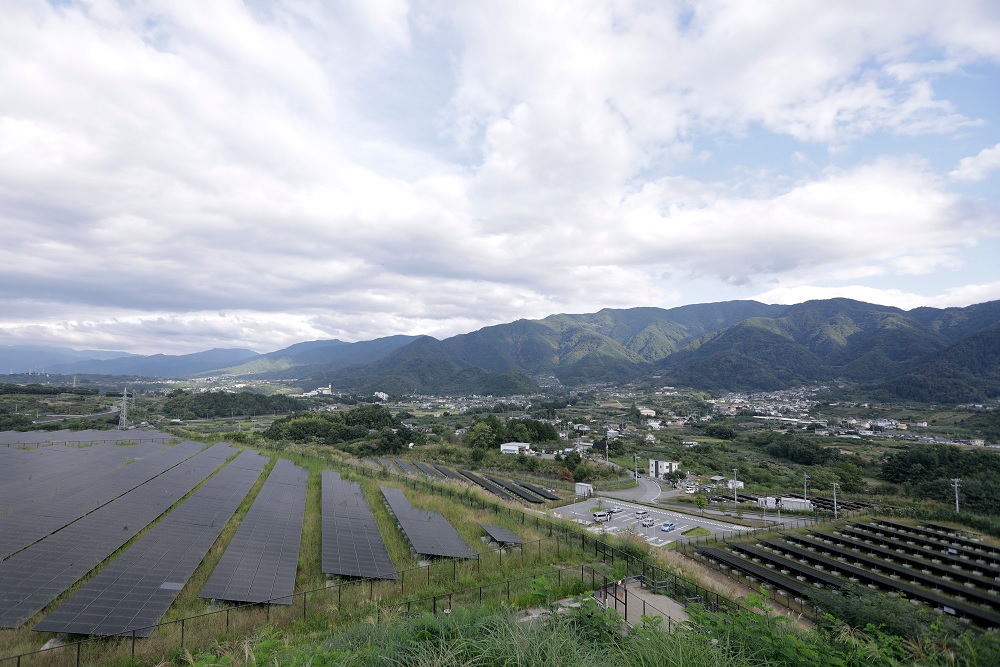
Hydroelectric Pumping Facility Using Abandoned Iron Mine in New York
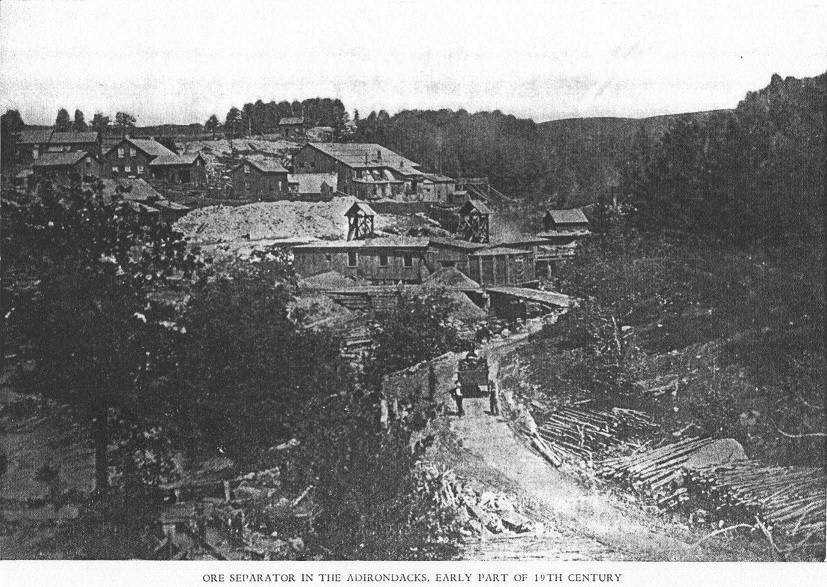
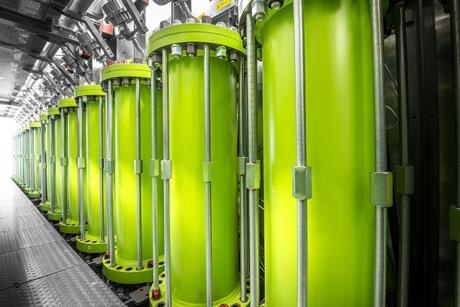
The Advent Of Affordable Small-Scale Storage in 2017?
As we usher in the New Year, here at Maryland Solar Solutions, we’re readying ourselves for the advent of the affordable and easily-integrated in-home storage options that will be available from Tesla and LG this coming year. They say they will be ready in 2017 maybe, but we take everything they say with a grain of salt! But, have no fear, when they’re ready we will let you know!
Battery storage is here!
Easily integrate a home battery storage system with your solar array! We offer options for small storage capacity as well as larger needs using LG batteries. Availability of equipment and pricing subject to change.
 Maryland SRECs: The Good, The Bad And The Ugly
Maryland SRECs: The Good, The Bad And The Ugly
As we’re sure many of you are aware, SREC values have really taken a nose dive in the State of Maryland this past year. It’s been a major bummer for us and we know that it’s been hitting our current customers hard. While we speculate that the market is depressed for several reasons, we do expect the market to reinvigorate this winter. Additionally, there is some good news for some solar customers in Maryland who live close enough to DC to enable them to sell their SRECs in the DC marketplace. Knowing how bad the market is right now in Maryland, we are eager to share this tip and to impart our knowledge on the situation.
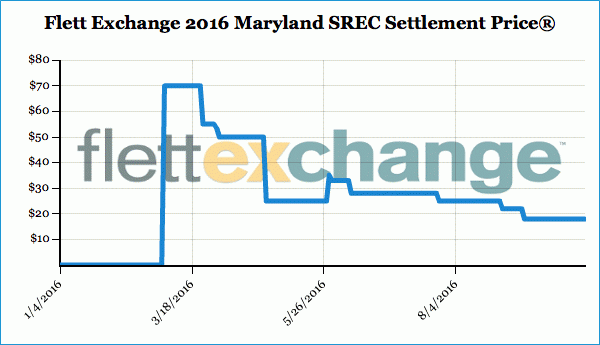
Why Has The Market for SRECs Dropped In Maryland?
Many people in the industry, ourselves included, have theorized that the market has been depressed for two reasons: low demand combined with high supply. In the first instance, there was an urgency to go solar in 2015, especially late 2015/early 2016, as the Federal Residential Renewable Energy Tax Credit was set to expire in December 2016. In fact, PV solar has been so popular in Maryland that 124 megawatts of PV solar was installed in 2015, double to the amount installed in 2014! While this amount of deployed solar has been great for the environment and is propelling little Maryland towards the head of the pack in efforts to combat greenhouse gas production nationally, it has depressed our market by flooding the market with more supply than is demanded.
That brings us to our next topic: demand. In Maryland, it is the Renewable Energy Portfolio Standards put forth and set into law by the Maryland General Assembly that drives the SREC market. The RPS dictates how much of our consumer market electricity must be generated from renewable sources. If a Maryland utility is unable to generate their own renewable energy, either via wind or solar, they can either pay a stiff fine or they can buy SRECs from residents and businesses that have privately invested in solar and are generating clean energy. 2016 has been what is referred to as a “compliance year.” A year in which utilities were well situated to meet their legislated goals and did not have a high demand for SRECs. In combination with an over-abundance of SRECs, the low demand has meant a depression in the market and falling prices. Essentially, the current RPS has been unable to keep up with the popularity of solar here in Maryland.
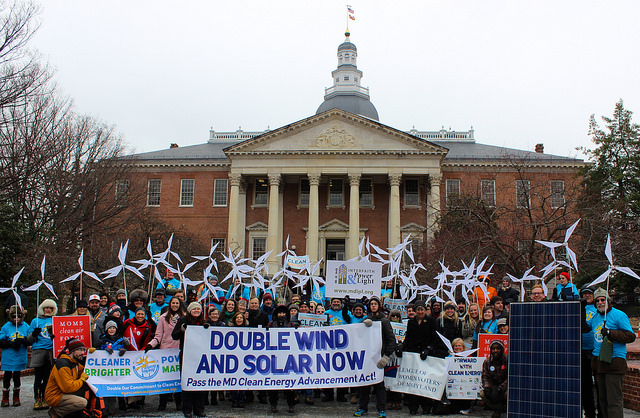
We Remain Hopeful That SRECs Will Regain Lost Value
As we reported in an earlier piece, the General Assembly in Maryland is well aware of the situation and are taking steps to stem the tide of bad SREC tidings. During the last few days of the last session, members passed revisions to the Renewable Energy Portfolio Standards contained within the Clean Energy Bill that aimed to strengthen and escalate the deployment of renewables. Unfortunately, the Governor Larry Hogan declined to sign it into law. While this an unfortunate turn of events, especially considering his prior approval of the more stringent 2016 Greenhouse Gas Reduction Bill, the Clean Energy Bill was passed by a veto-proof majority and is expected to be passed in the new year when the General Assembly reconvenes. The bill is thought to drive the demand for SRECs back up.
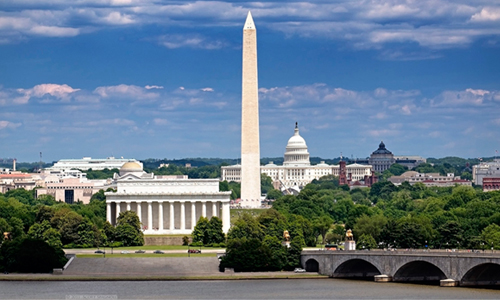
Is Your Home in Maryland Servicing a Feeder to DC? If So, You Are Able To Sell Your SRECs in the DC SREC Market
According to PEPCO, “in some parts of our service territory, electricity feeders may be located in Maryland, but serve residential or commercial customers in the District of Columbia. When behind-the-meter solar or other renewable energy generators are located on those feeders in Maryland, the customer is eligible for Solar Renewable Energy Credits in the District.” This may be a boon so to some Marylanders. Currently, Washington DC SRECs are selling for $480, per SREC. Check the maps below to see if you’re located on a PEPCO DC feeder line.



 Solar Power is a Friend to the Chesapeake Bay
Solar Power is a Friend to the Chesapeake Bay
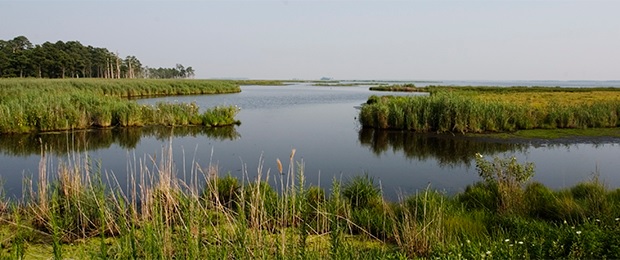
As you may be aware, the Chesapeake Bay was once an abundant waterway, home to a teeming population of blue crabs, oysters, rockfish and impressive forests of sea grass. Because Maryland borders the Chesapeake Bay we are on intimate terms with the world’s largest estuary and have known for many decades that our beloved bay is in trouble.
According to the Chesapeake Bay Foundation, sea grass coverage continues to hover at around 20% of historical levels, while blue crab populations have dwindled to 50% of their population levels recorded during the 1980’s. Rockfish continue to struggle to regain a foothold in the Bay and the oyster population is now 98% below historical numbers. In fact, it would take the Bay’s current population over a year to filter the Bays’ waters; at prior population levels it would have taken only a few days! Due to a combination of nitrogen pollution, habitat loss and over fishing, the health of the Bay is in crisis. At a loss of $4 billion during the last 30 years for both water men and the Chesapeake Bay seafood industry, it is indeed a precarious situation for the world’s largest estuary.
Good News Surfaces for the Bay
According to a Bay health scorecard recently released by the University of Maryland, there seems to be a turnaround underway. The blue crab population has gone up, the oyster harvests have increased, amounts of dissolved oxygen in the Bay went up and aquatic grasses have increased by 50% from 2011 to 2015. While there has not been meaningful movement made by either Virginia or Maryland on decreasing the amount of nitrogen pollution generated by poultry farms on the Eastern Shore (in fact, it is has gotten worse), the overall amount of nitrogen has decreased and with it the choking blooms of algae associated. Why?
Connection to Renewable Energy

 PACE Funding Now Available in Maryland for Commercial Solar Projects!
PACE Funding Now Available in Maryland for Commercial Solar Projects!


PACE Funding is Now Available for Some Counties in Maryland
We are pleased to announce the emergence of Property Assessed Clean Energy (PACE) funding for Commercial Solar Projects here in Maryland. Currently only available in Montgomery, Howard, Anne Arundel and Queen Anne’s Counties, PACE-funding opportunities are expected to spread into neighboring counties within the next few years here in Maryland.
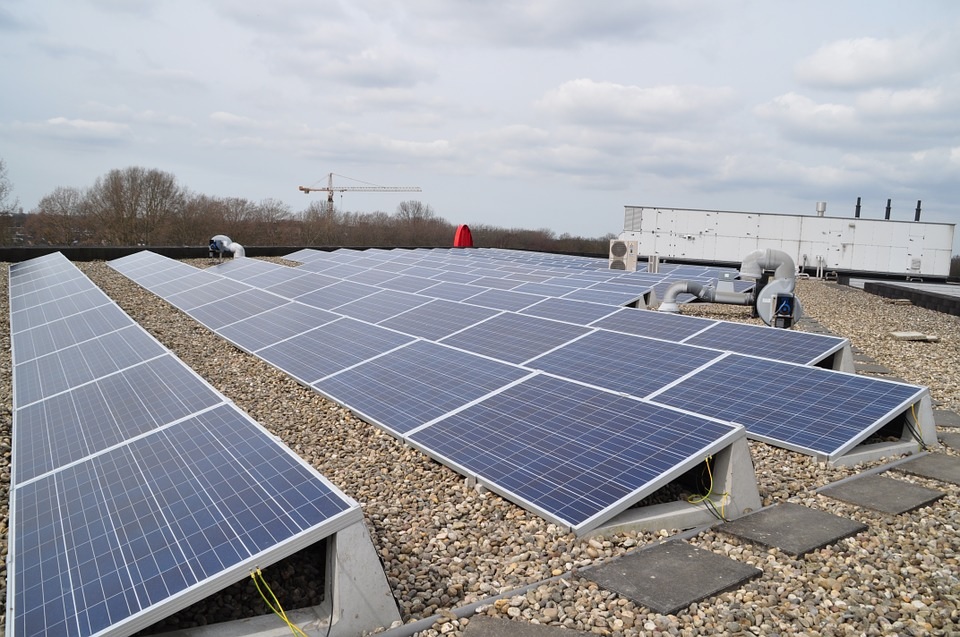
What Is PACE?
As stated above, PACE stands for Property Assessed Clean Energy, and is a policy that gives business owners an affordable way to mitigate the high upfront costs associated with larger-scale commercial clean energy projects by attaching the amortization of a loan to your yearly property tax payments. Huh?
Here’s the nuts and bolts: in partnership with the State of Maryland, Greenworks Lending provides loans to commercial businesses wishing to invest in clean energy and/or efficiency upgrades. The loan is then paid back through your property taxes over the course of 20 years. The loan is added as a lien to your property taxes for the life of the loan. It does not raise your property taxes by assessing the added value of the solar, but simply adds the loan payments to your yearly property taxes.
In order to apply for PACE funding the borrower in question must be the private owner (i.e. not the government) of the property. The borrower cannot have gone through bankruptcy. The loan amount can be up to 20-30% of assessed value of the building and land of the property.
What’s So Great About PACE?
PACE makes is super-easy to take out a loan, and it gives businesses first-year cash flow. How?
In the first place, PACE allows businesses to lower their overhead immediately by either eliminating or significantly reducing their utility bills. Additionally, with PACE the business owner is able to utilize the Federal 30% Tax Credit, any local incentives, Net Metering, the Maryland Energy Administration Grant, MACRS and the production of SRECs.
Through PACE, Greenworks Lending offers “sculpted ammortization” which means that the bulk of your loan will be paid back within the first 6 years of the array having been installed. For instance, if a borrower takes out $100,000 in PACE financing, during the first year, the borrower would receive $30,000 back from the Federal government on top of being able to depreciate 50% using MACRS. After taxes the borrower will get back an additional $50,000 for having invested in solar. During the first year, the business will pay back a larger portion of their loan. Because of the incentives coming back to the borrower within the first 5-years, the loan payments at the beginning are higher and allow the borrower to virtually pay back the bulk of the loan within the first 6-years. This makes the remaining payments on the loan super-affordable. Pretty awesome!
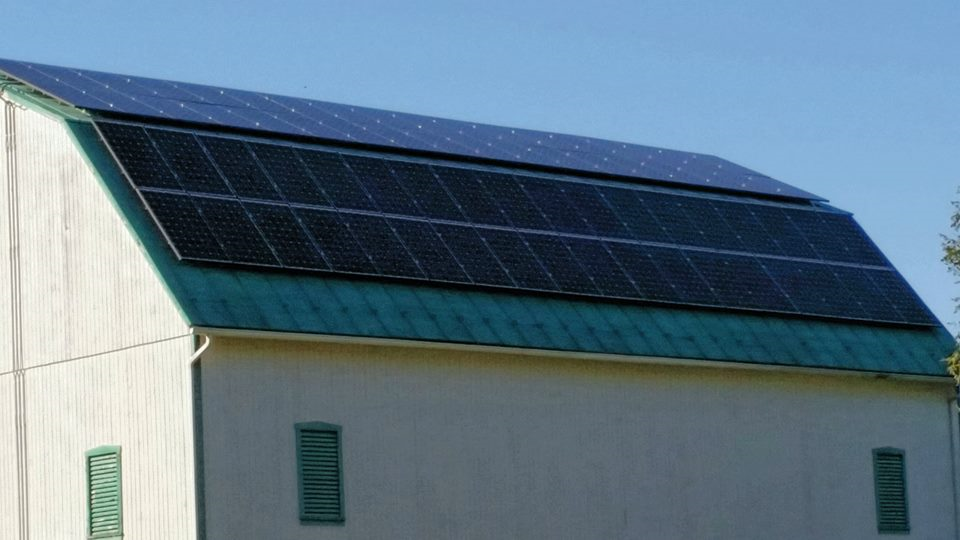
MSSI is a Registered PACE Contractor
Here at MSSI we’re proud to be a registered PACE Contractor for the State Of Maryland. We can help you look at solar for your business and whether PACE will work for you. PACE really creates an affordable alternative to leasing and power purchase agreements and allow businesses to leverage solar power as an investment and create tax-free value for their properties. Really, its a win-win.
Supreme Court Affirms The Social Cost of Carbon
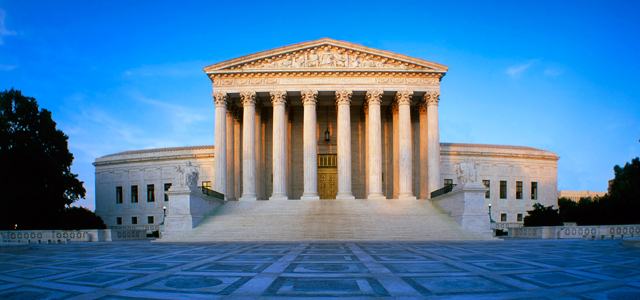
Good news in the fight against climate change was granted by the Supreme Court this week! The Court ruled against a suit brought by a trade group representing refrigerator manufacturers who were suing the government for its use of the “social cost of carbon” in determining efficiency standards. In effect, the $36 per person calculation determined by a consortium of bureaucrats working in concert with academic economists has been confirmed as a legitimate means to set goals and assess efficiency.
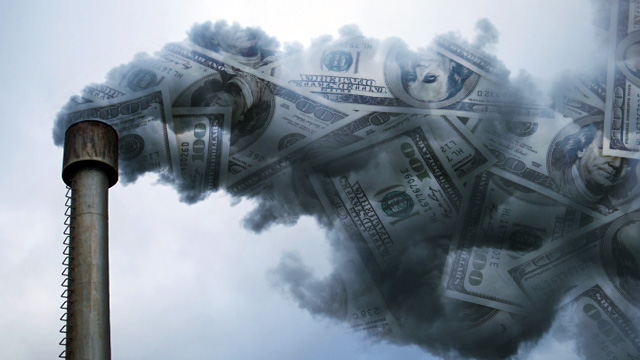
The Social Cost of Carbon
The social cost of carbon has been one of the largest methods used to guide policy decisions with regard to global warming. This theoretical number, or cost, is based upon findings that Michael Greenstone, an economist at the White House, and his cadre of bureaucrats and other economists extrapolated after studying all of the current projections and studies done by economists on the costs of global warming. In fact, the number they eventually settled on, is right in the middle. In other words, some studies put it lower and some higher.
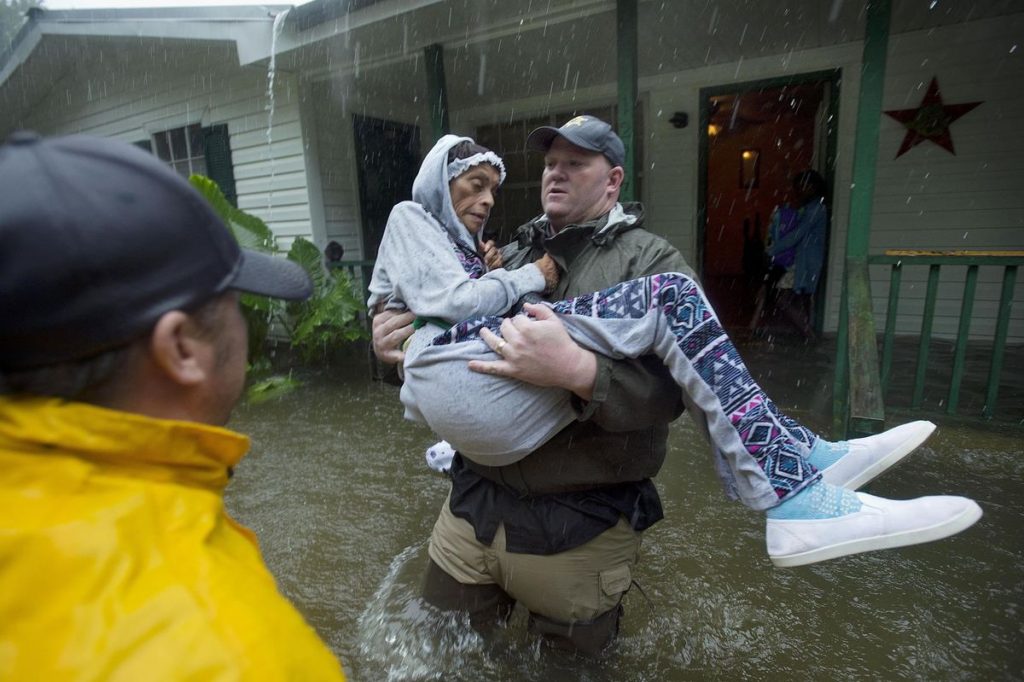
Calculating Social Cost of Carbon
The economic studies in question sought to generate “a comprehensive estimate of climate change damages and includes changes in net agricultural productivity, human health, property damages from increased flood risk, and changes in energy system costs, such as reduced costs for heating and increased costs for air conditioning.” The EPA currently uses the $36 per person as their benchmark and this number, or cost, is what has been used to guide the policies within the Clean Power Plan.
While the Clean Power Plan is on hold, the means by which the Obama Administration and the EPA arrived at their policy choices has been affirmed!
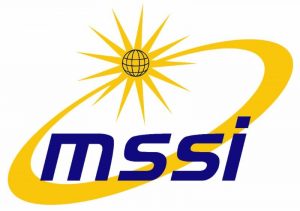 2016 Maryland Greenhouse Gas Bill
2016 Maryland Greenhouse Gas Bill
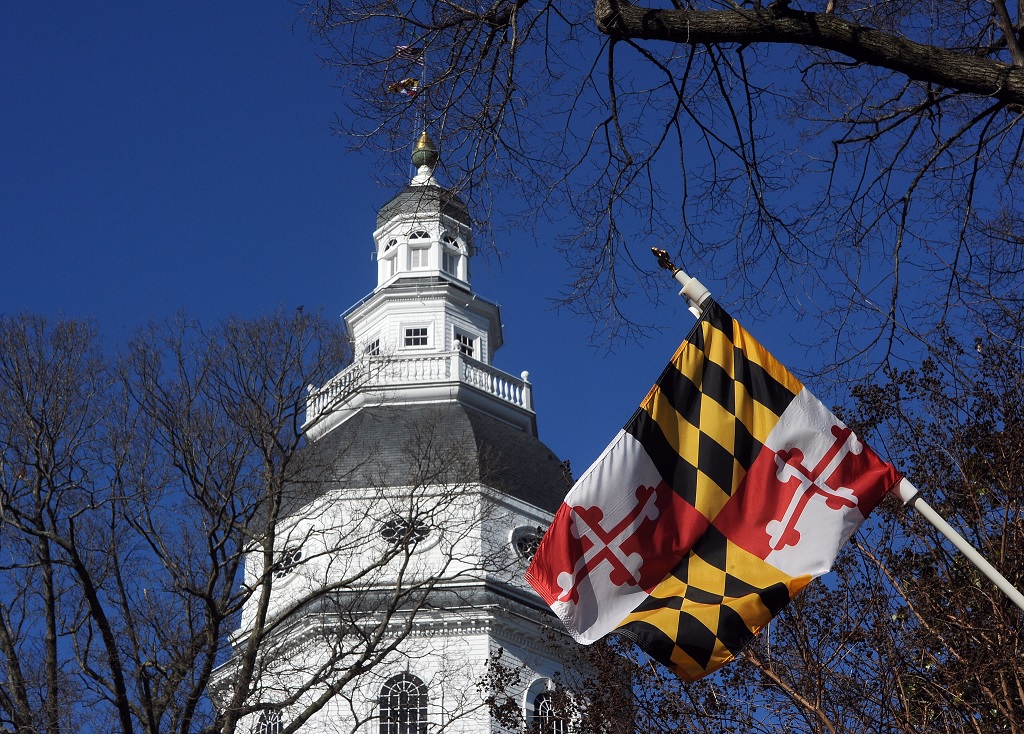

Cockeysville Fall Festival 10am-5pm
Saturday, October 19th
594 Cranbrook Rd.
Cockeysville, MD 21030
Fenton Street Market’s GreenFest 2013 10am-4pm
Saturday, October 5th,
Fenton St. & Ellsworth Dr.
Silver Spring, MD
29th Annual Parkville Towne Centre Fair 10am-4pm
Saturday, September 7, 2013
7800 Harford Rd Parkville, MD 21234
www.ParkvilleFair.com